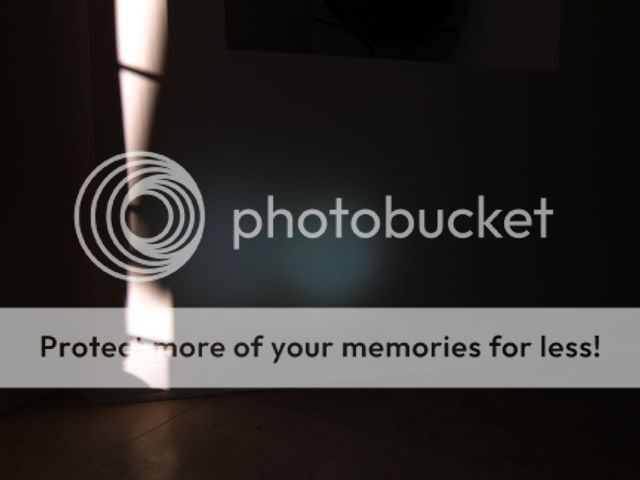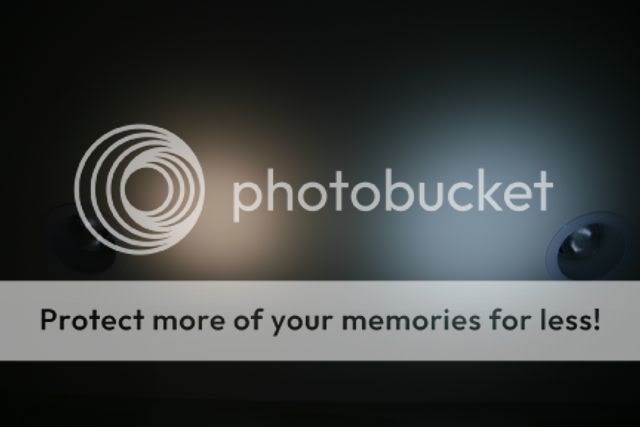applevision
Flashlight Enthusiast
Fellas,
I mentioned this concept in another thread (https://www.candlepowerforums.com/posts/3225632&postcount=50) but just finally got around to grabbing the picture I wanted. I am interested in thinking about cool vs. warm LEDs and how this really compares to actual sunlight... I thought, wouldn't it be cool to directly compare a beamshot of the sun?!
Behold! Here is a pic of the mid-afternoon sun (~3pm) shining through a window onto a white wall on the L; the Quark Mini 123 (Cool) in the middle and the Quark Mini 123 (Warm) on the right. Both lights are on High. The camera is a Canon S90 set to manual:

Now the same image (a few minutes later, note the movement of the sun), now a few steps down:

A few thoughts...
First, wow, is the sun bright! I wonder what the lux would have read on each of these (note: I was about 4 feet from the wall with the Quarks)...
Also, compared to sunlight, the difference between the warm and cool LED is pretty much nothing (compare that to my beamshots in a dark room here:

From my thread Quark Mini 123 Cool vs. Warm here: https://www.candlepowerforums.com/threads/255553
The technique I used is frought with problems and very uncontrolled--ideally, I would use a mirror to reflect the sunlight into a truly dark room and then compare it to a number of lights, including HID and incans! That is my dream... But this is still cool! It's neat to really think about the ultimate "High CRI" light...
I would love to hear people's thoughts about this... and would LOVE to see similar photos! Thanks guys!! :twothumbs
I mentioned this concept in another thread (https://www.candlepowerforums.com/posts/3225632&postcount=50) but just finally got around to grabbing the picture I wanted. I am interested in thinking about cool vs. warm LEDs and how this really compares to actual sunlight... I thought, wouldn't it be cool to directly compare a beamshot of the sun?!
Behold! Here is a pic of the mid-afternoon sun (~3pm) shining through a window onto a white wall on the L; the Quark Mini 123 (Cool) in the middle and the Quark Mini 123 (Warm) on the right. Both lights are on High. The camera is a Canon S90 set to manual:

Now the same image (a few minutes later, note the movement of the sun), now a few steps down:

A few thoughts...
First, wow, is the sun bright! I wonder what the lux would have read on each of these (note: I was about 4 feet from the wall with the Quarks)...
Also, compared to sunlight, the difference between the warm and cool LED is pretty much nothing (compare that to my beamshots in a dark room here:

From my thread Quark Mini 123 Cool vs. Warm here: https://www.candlepowerforums.com/threads/255553
The technique I used is frought with problems and very uncontrolled--ideally, I would use a mirror to reflect the sunlight into a truly dark room and then compare it to a number of lights, including HID and incans! That is my dream... But this is still cool! It's neat to really think about the ultimate "High CRI" light...
I would love to hear people's thoughts about this... and would LOVE to see similar photos! Thanks guys!! :twothumbs





